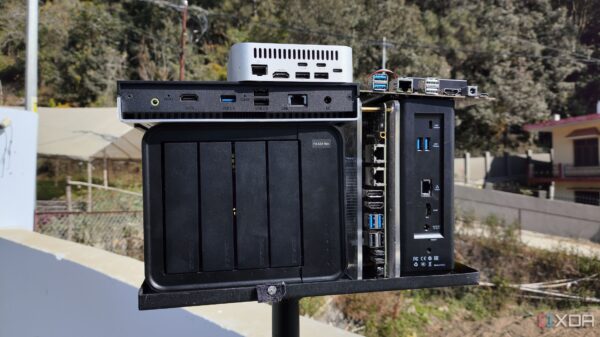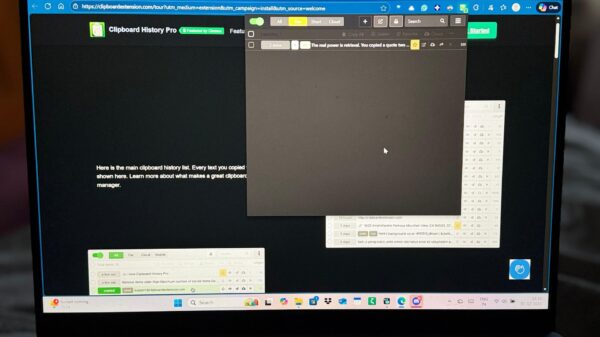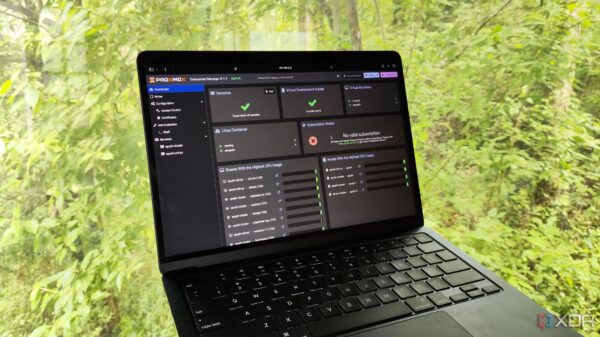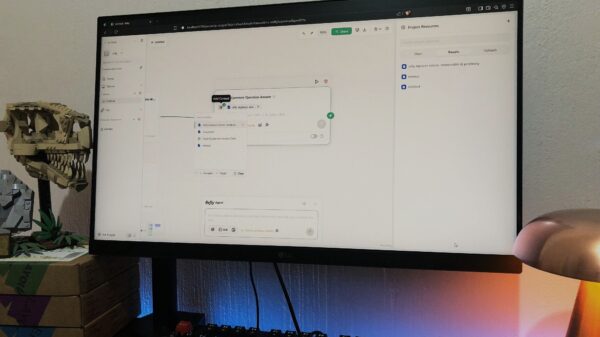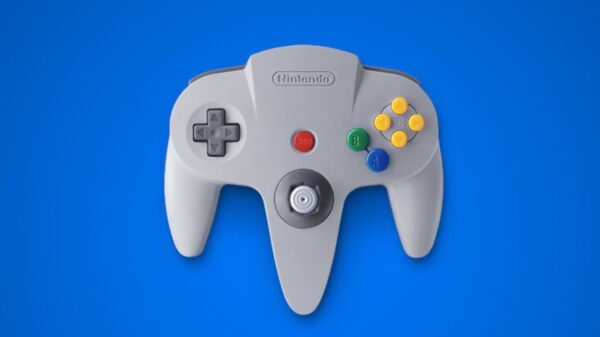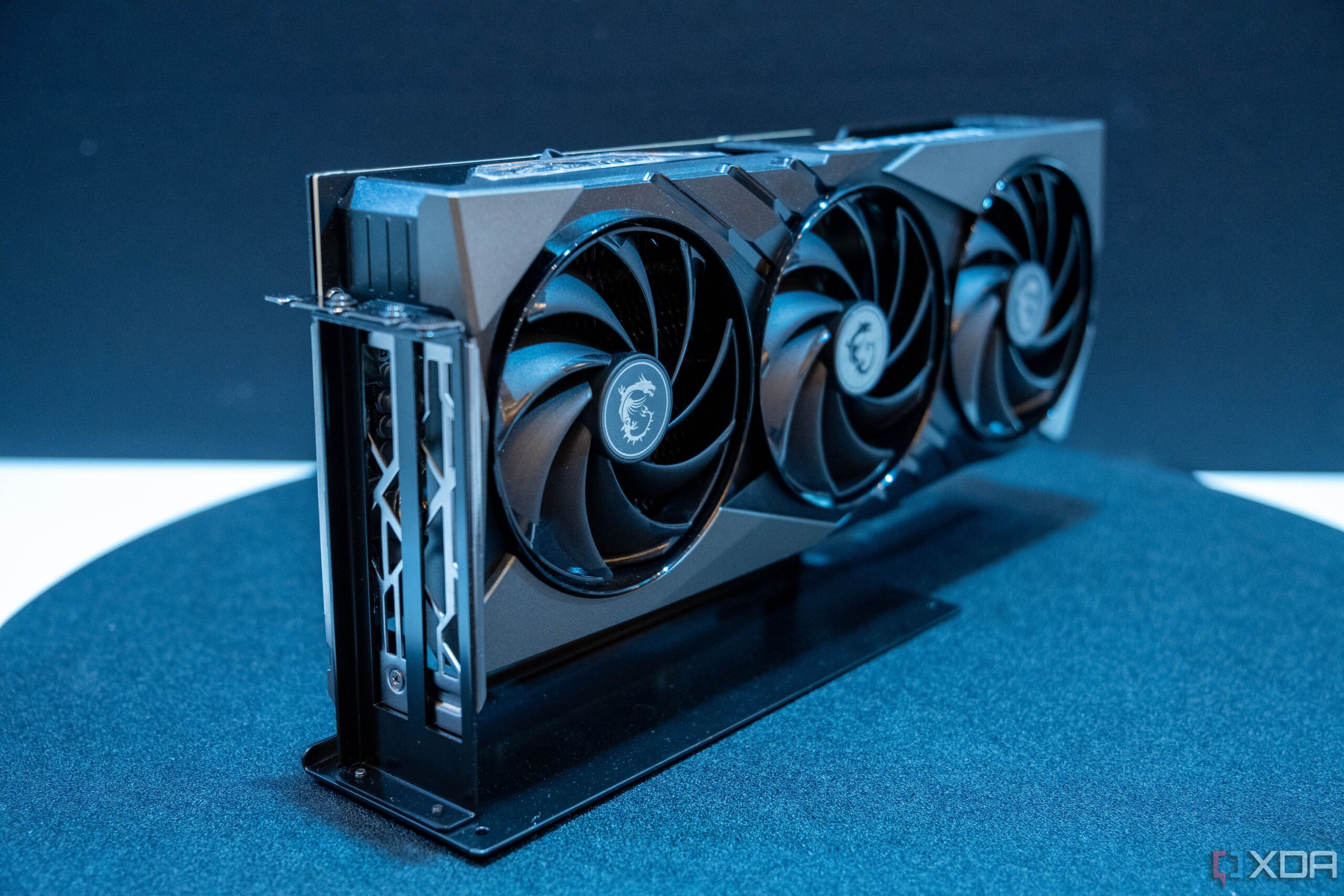URGENT UPDATE: In a groundbreaking analysis released today, new benchmarks have confirmed the most effective methods for GPU overclocking, revealing critical insights for gamers and hardware enthusiasts. Testing three distinct overclocking techniques on the NVIDIA GeForce RTX 4070 Ti, experts have identified which methods yield the best performance gains—just as gamers prepare for upcoming releases.
With performance enhancements being crucial for gaming experiences, the tests focused on a setup featuring the AMD Ryzen 5 7600X processor, ensuring a balanced system for 1440p gaming. The results from renowned benchmarking tool 3DMark show a clear distinction in efficiency among the methods tested.
The analysis began with establishing a baseline performance score, where the RTX 4070 Ti achieved impressive results. In the Speed Way test, it scored 6,347 (63.47 FPS), surpassing 71% of comparable systems. The Steel Nomad benchmark recorded 5,535 points at an average of 55.36 FPS, while the Port Royal test showed remarkable ray-tracing capabilities with a score of 15,603 and 72.24 FPS.
As the overclocking tests commenced, three methods were deployed:
1. **NVIDIA Automatic Tuning**: This method applied a conservative +101 MHz to the base clock and +200 MHz to VRAM, resulting in negligible gains. Although stable, the process took over thirty minutes, proving to be inefficient for users seeking significant improvements.
2. **MSI Afterburner OC Scanner**: Offering a more balanced approach, this method recommended a +165 MHz core clock and +200 MHz memory clock. The results demonstrated consistent uplifts across benchmarks, showcasing better performance than NVIDIA’s auto-tuning, especially in Speed Way and Port Royal tests.
3. **Manual Overclocking**: The most aggressive and effective method involved a +200 MHz core offset and a staggering +1000 MHz VRAM offset. This configuration yielded the highest gains, improving Speed Way by 5.1%, Steel Nomad by 2.6%, and Port Royal by 2.7%. Remarkably, thermal stability was maintained, with temperatures ranging from 69-77°C.
The findings highlight that while automated methods prioritize user-friendliness and stability, they often leave substantial performance potential untapped. Manual tuning has emerged as the definitive approach for maximizing GPU efficiency, proving that with precision, users can unlock significant performance gains.
With this urgent revelation, gamers and hardware enthusiasts are encouraged to reassess their overclocking strategies as the demand for enhanced gaming performance continues to rise. The benchmark results provide a clear hierarchy of overclocking efficiency, marking a pivotal moment in the pursuit of GPU optimization.
Stay tuned for more updates as the gaming community reacts to these findings, which are set to influence hardware tuning practices moving forward.


